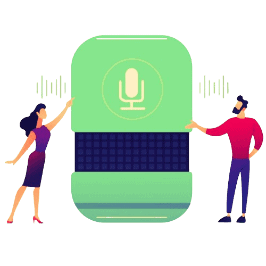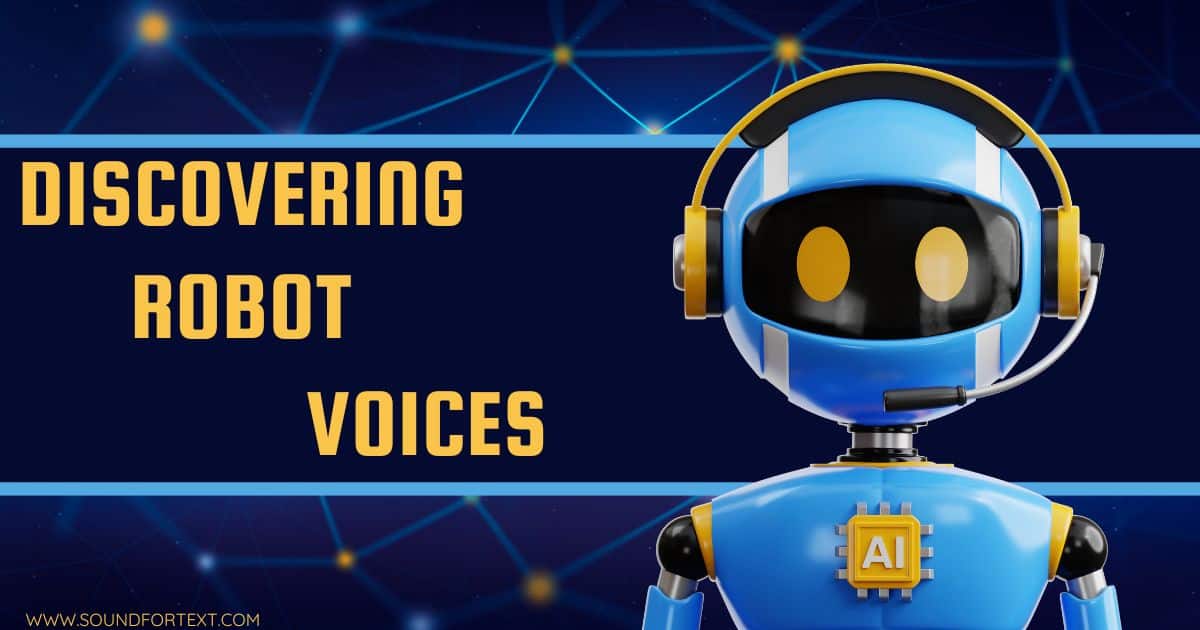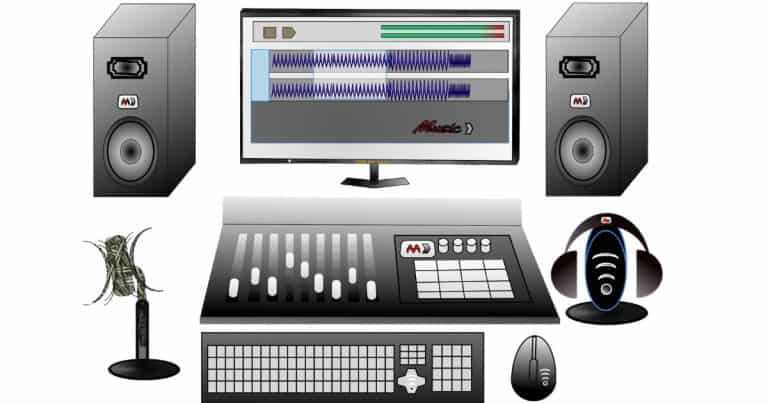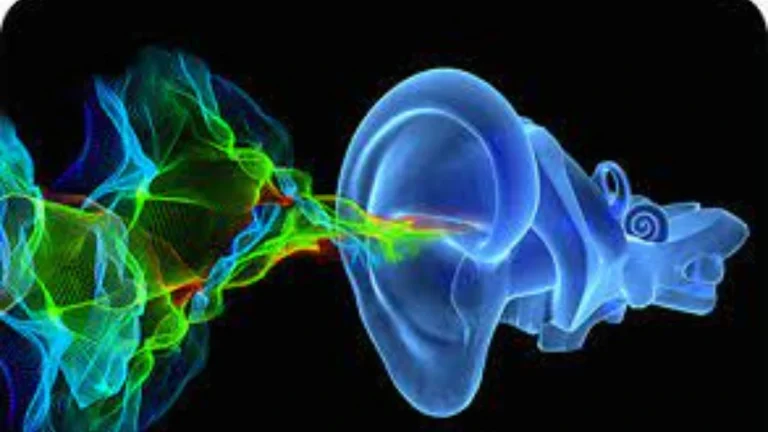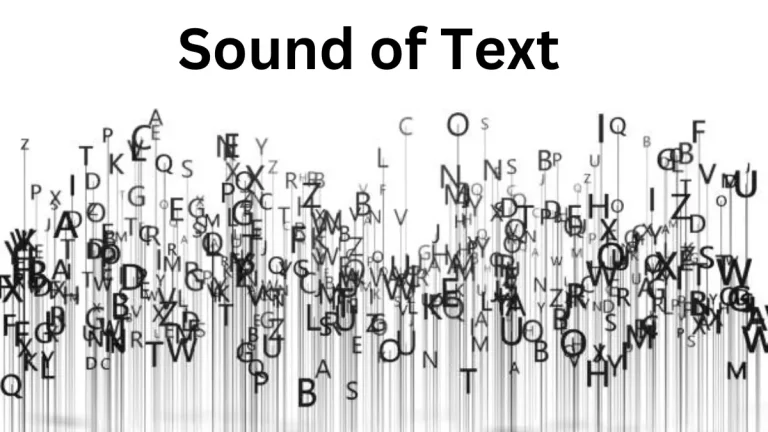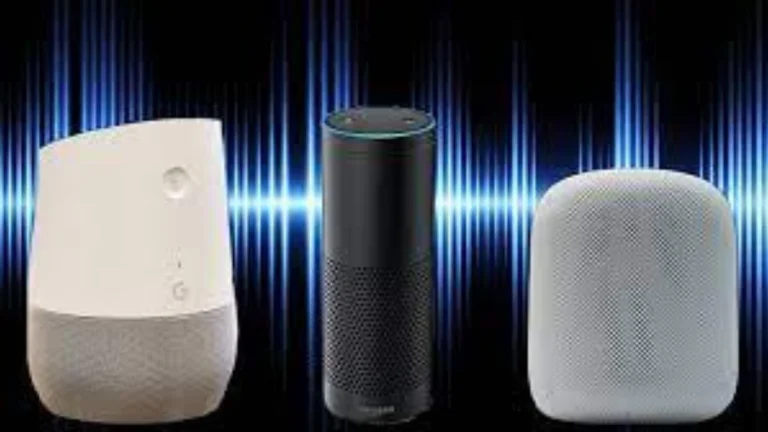Discovering Robot Voices
Discovering Robot Voices and AI have changed a lot in the past few decades, capturing our attention and becoming part of our everyday lives. One important part that has improved a lot is robot voices. You hear robot voices in things like Siri, Alexa, and customer service chatbots. But how did we get to this point? What makes these voices work, and what might happen in the future? This article looks at the interesting world of robot voices, focusing on their history, technology, uses, and future trends.
The Start of Discovering Robot Voices
Early Beginnings
The idea of Discovering Robot Voices that can talk like humans started in the early 1900s. One of the first examples was the “Voder,” made by Bell Labs and shown at the 1939 New York World’s Fair. This early speech machine could make sounds like a human when a skilled person operated it.
The 1960s and 1970s
In the 1960s, computer science made big steps forward, leading to better speech machines. IBM’s “Shoebox” was one of the first computers that could hear and respond to a few spoken words. In 1968, researchers at MIT created the “KlattTalk” system, which could make understandable speech by studying sounds and putting them together into words and sentences.
New Technology in Robot Voices
Text to Speech (TTS)
Text to Speech (TTS) technology helps robots talk. TTS changes written text into spoken words using special computer programs. In the past, early TTS systems used simple rules to make speech sounds. These systems didn’t sound very natural and often came out sounding robotic or flat.
Concatenative Synthesis
In the 1980s and 1990s, a method called concatenative synthesis was created to improve text to speech (TTS) technology. This method puts together small pieces of recorded speech to make sentences that sound natural. By using big collections of recorded speech, it can create more lifelike and expressive Discovering Robot voices. However, this technique needs a lot of data and computing power, which makes it hard to use in real-time.
Statistical Parametric Synthesis
In the early 2000s, another big step forward in TTS was statistical parametric synthesis. This method uses statistical models to create speech by guessing speech features based on language data. Some popular models are Hidden Markov Models (HMMs) and Deep Neural Networks (DNNs). This approach allows more control over how the speech sounds, making the voices more natural and expressive.
Neural Network-Based Synthesis
New improvements in artificial intelligence and machine learning have changed TTS technology. Neural network-based synthesis uses deep learning to create very realistic and expressive Discovering Robot Voices. Models like WaveNet, developed by DeepMind, generate speech sounds directly. This method produces high-quality speech that has natural tone and rhythm, closely copying how humans speak.
Applications of Robot Voices
Virtual Assistants
One of the main uses of Discovering Robot Voices is in virtual assistants. Virtual assistants like Siri from Apple, Alexa from Amazon, and Google Assistant use advanced TTS and speech recognition to talk with users. These assistants can do many things, like set reminders, give weather updates, and answer questions, all using speech that sounds natural.
Customer Service
Many companies now use Discovering Robot Voices for customer service to make things easier and faster. Interactive Voice Response (IVR) systems help customers choose options and find information using text-to-speech (TTS) technology. Chatbots with TTS can talk to customers in a friendly way, improving their experience.
Accessibility
Discovering Robot Voices are important for accessibility because they help people with visual impairments or reading problems. Screen readers use TTS technology to read text on screens, helping visually impaired users use computers and smartphones. Voice-activated assistants also aid people with speech disabilities to communicate and connect socially.
Education
In schools, Discovering Robot Voices help make learning better for all students. TTS technology can read textbooks aloud, making them easier to understand for students with visual impairments or learning challenges. Interactive learning tools and language apps use robot voices to give instructions and help with speaking practice.
Entertainment
Discovering Robot Voices are also used a lot in entertainment. Video games have characters that talk with lifelike voices made by advanced TTS systems. Virtual reality (VR) and augmented reality (AR) apps use robot voices to create fun and engaging experiences. Audiobooks and podcasts use high-quality TTS technology to provide interesting and lively narrations.
Challenges and Limitations
Naturalness and Expressiveness
Even though TTS technology has improved a lot, making robot voices sound completely natural and expressive is still hard. Human speech has many emotions and tones that can be tricky to copy. While new technologies help make Discovering Robot Voices sound more human-like, sometimes they still sound robotic or lack feeling.
Understanding Discovering Robot Voices
One challenge is helping Discovering robot voices understand context. Humans rely on context like cultural references, idioms, and situational clues when communicating. Robot voices often have a hard time picking up on these details. To improve this understanding, we need better natural language processing (NLP) and machine learning to help robots understand and create speech that fits the context.
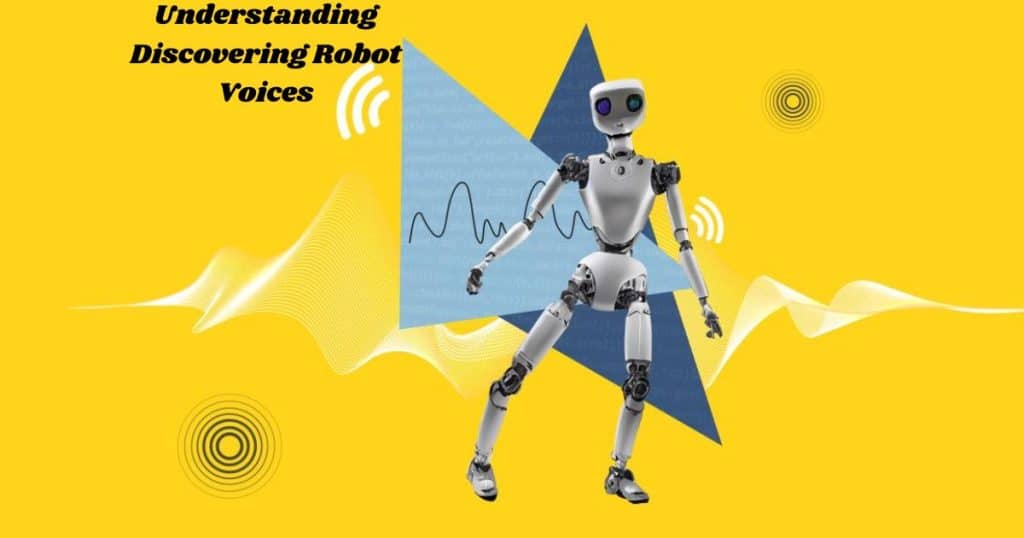
Accents and Languages
Making Discovering Robot Voices and ai voices that can mimic different accents and languages is difficult. Every accent and language has special sounds and rules that need to be understood for the voice to be clear and real. To create robot voices that are diverse and inclusive, we need a lot of data, language study, and training to help robots handle various accents and languages well.
Ethical Issues
Using Discovering Robot Voices raises important ethical questions about privacy, consent, and honesty. Voice recordings can be misused to create deepfake voices, which can lead to problems. To ensure robot voices are used ethically, we need strong rules, transparency, and ways for users to give consent to protect their privacy and prevent misuse.
Future Trends and Innovations
Personalization and Customization
Personalization and customization will be key in the future of robot voices. New text-to-speech (TTS) technology will let users create unique voice profiles for their virtual assistants and other applications. Imagine having a virtual assistant that sounds like your favorite celebrity or a voice that mirrors your own personality. Customization options will help users have more fun and relatable interactions with robot voices.
Understanding and Showing Emotions
In the future, robot voices will need to understand and show emotions. This means they can sense how users feel and respond better. For instance, if someone is frustrated, a robot could reply in a caring way, or if someone is stressed, it could offer encouragement. Robot voices that can recognize emotions will make users happier and create better interactions.
Communicating in Different Ways
Robot voices will also use different ways to communicate. This means mixing talking with hand movements, facial expressions, and visuals to make experiences more engaging. By using all these forms of communication, robot voices can share information better, keeping users interested and helping them understand more.
Understanding Language
Making robot voices better at understanding language is important for the future. This involves grasping what users mean and what they want, so they can give the right responses. As robot voices get better at understanding language, they will be able to have more meaningful conversations and provide users with accurate information.
Fairness and Avoiding Bias
It’s important to make sure robot voices are fair and do not show bias. Sometimes, robot voices can say things that are unfair or offensive, which can upset users. Researchers and developers are working hard to find ways to spot and reduce bias in these systems. This will help make robot voices more fair and inclusive for everyone.
Connecting with the Internet of Things (IoT)
Joining robot voices with the Internet of Things (IoT) will create new ways for smart homes, workplaces, and cities to work. Voice-activated devices and appliances will easily talk to users, allowing for voice-controlled automation and personalized experiences. Imagine controlling your home lights, thermostat, and security system just by talking to a robot voice. The combination of robot voices and IoT will change how we interact with the world around us.
Continuous Learning and Adaptation
In the future, robot voices will be able to learn and adapt all the time. By using machine learning, text-to-speech (TTS) systems will get better based on what users say and how they interact. This ongoing learning will make robot voices sound more natural and expressive, helping them understand context better so they can stay useful over time.
Chart: Key Features and Benefits of Robot Voices
| Feature | Description | Benefits |
| Natural Sound Quality | Advanced TTS and neural networks enhance realism. | Creates a more engaging user experience. |
| Customizability | Options for different accents and tones. | Allows users to personalise interactions. |
| Emotion Recognition | Ability to identify and respond to human emotions. | Fosters more empathetic and meaningful dialogue. |
| Integration with IoT | Seamless communication with smart devices. | Enhances smart home automation and control. |
| Continuous Learning | Adapts based on user interactions and feedback. | Improves effectiveness and relevance over time. |
| Fairness and Inclusivity | Efforts to minimize bias in voice outputs. | Ensures accessibility and broad societal acceptance. |
“`
Frequently Asked Questions (FAQs)
What are robot voices?
Robot voices are computer-made sounds that try to sound like people talking. They are often used in things like virtual assistants, customer support, and tools for accessibility.
How do robot voices work?
Robot voices use smart technology, like text-to-speech (TTS) and neural networks, to change written text into spoken words, making them sound more natural and lively.
Can I customize my robot voice?
Yes, many modern TTS systems let users change their Discovering Robot Voices. You can choose different accents, tones, and styles to make it feel more personal.
Will robot voices be able to understand emotions?
Future improvements in AI and speech technology hope to help robot voices recognize and respond to human feelings, making conversations more caring.
How do robot voices fit into the Internet of Things (IoT)?
Robot voices can talk to smart devices in the IoT network, letting users control appliances, lights, and other systems with simple voice commands.
What steps are being taken to ensure fairness in robot voices?
Researchers are working to find and fix biases in robot voice systems. They want to make sure these voices are fair and inclusive for everyone by creating ethical guidelines and testing methods.
How will robot voices continue to improve?
With ongoing advances in machine learning, robot voices will keep adapting and learning from user interactions, improving their natural sound, expressiveness, and understanding over time.
Conclusion
Robot voices have improved a lot since the early days of speech technology. With better tools like text-to-speech (TTS), neural networks, and AI, robot voices now sound more natural and expressive. They are used in many areas like virtual assistants, customer service, accessibility, and entertainment, changing how we interact with technology.
However, there are still some challenges, like making voices sound completely natural, understanding context, and dealing with ethical issues. Despite these challenges, the future of robot voices looks bright. Trends like personalization, emotion recognition, and ethical AI are driving new ideas and improvements.
As we keep advancing AI and speech technology, robot voices have great potential to improve our lives and create better interactions. By using advanced tools and following ethical practices, we can create a future where robot voices fit smoothly into our daily lives, making technology more friendly and engaging.
While there are still challenges with naturalness and understanding, research and innovation are working to fix these problems. The future of robot voices is full of exciting opportunities, like personalization and continuous learning. By embracing these advancements and promoting ethical AI, we can develop robot voices that improve our lives and make technology more accessible and enjoyable.
